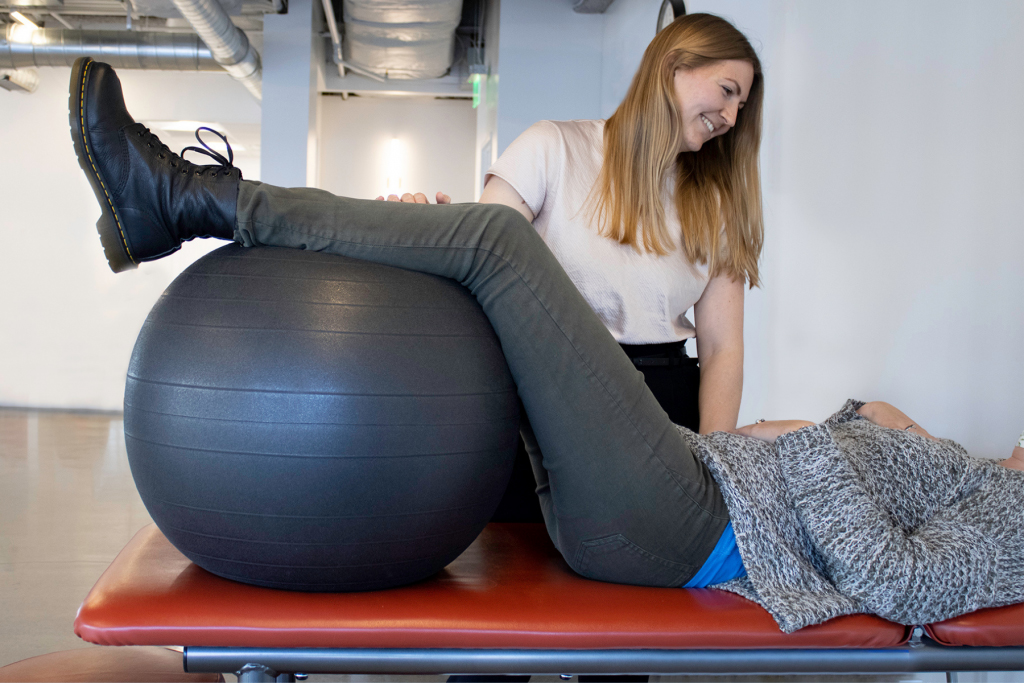Do you suffer from urinary incontinence? If so, you may have heard of core pelvic physical therapy as a potential treatment option. Core pelvic physical therapy is a specialized form of physical therapy aimed at treating the underlying cause of urinary incontinence.
Here, you will get an overview of core pelvic physical therapy and explain why it is an effective treatment for urinary incontinence. You will also know the benefits of core pelvic physical therapy and how it can help reduce the symptoms of urinary incontinence. Finally, you will look at what you can expect during a core pelvic physical therapy session!
Importance Of Core Pelvic Physical Therapy
Core pelvic physical therapy is a type of physical therapy that focuses on strengthening the core muscles and treating any imbalances in the pelvic region. It is commonly used to treat urinary incontinence and pelvic floor dysfunction. Urinary incontinence is a condition where a person couldn’t control their bladder or can suffer from frequent or urgent urination. This approach helps to strengthen the muscles and tissues of the pelvic floor.
This further can help in reducing the symptoms of urinary incontinence. It may include leakage and the frequent impulse to urinate. The overflow incontinence treatment, in particular, involves strengthening the muscles that support the bladder, enabling it to hold more urine before needing to be emptied. It can also help improve posture, reduce pain, and improve overall bladder control and quality of life.
What Are The Benefits
Core pelvic physical therapy is a form of physical therapy used to treat bladder and bowel problems, including urinary incontinence. It can aid in strengthening the pelvic floor muscles and reinstate the typical functioning of the pelvic floor muscles. This can lead to better control of the bladder and bowel, improved sexual function, and reduced pain during urination or intercourse.
One of the biggest advantages of core pelvic physical therapy is it helps in curing overflow incontinence. Overflow incontinence happens when the bladder couldn’t get empty itself. This can result in constant dribbling or recurring urination. Core pelvic physical therapy can help the patient identify and correct the underlying cause of overflow incontinence, such as weak muscles, nerve damage, or structural problems. It can also help to restore healthy bladder functioning and reduce symptoms associated with overflow incontinence, such as frequent trips to the bathroom or leakage.
Other benefits of core pelvic physical therapy include improved bladder control, increased muscle tone and strength, increased circulation in the pelvic area, improved core stability, decreased pelvic pain, and improved sexual satisfaction. Core pelvic physical therapy is a safe and effective treatment option for urinary incontinence and other bladder and bowel problems.
How To Find A Practitioner
When it comes to finding a qualified practitioner of core pelvic physical therapy, there are several steps you should take to ensure you receive quality care. First, you should consult with your primary care physician to determine if core pelvic physical therapy is right as a proper urinary incontinence treatment. Once you have been referred to a qualified specialist, do some research and make sure the practitioner has experience in treating your specific type of incontinence.
Additionally, look for a practitioner who specializes in the treatment of overflow incontinence and ask if they have had any success treating this type of incontinence in the past. Lastly, it is important to be comfortable with the practitioner you choose, so don’t be afraid to ask questions about their qualifications and certifications.
By following these steps and doing the necessary research, you can be sure to find a qualified practitioner of core pelvic physical therapy that can provide the highest quality treatment for your urinary incontinence condition.
What Should Be The Expectations
At your first core pelvic physical therapy session, you will meet with our physical therapist and discuss your goals. They will also talk about what kind of treatment you need to help you achieve those goals. If you are new to core pelvic physical therapy, they will recommend a set of exercises that are based on the results of your initial consultation with us. In addition to these exercises, they will also talk about how you can incorporate them into your daily life if possible.
You will feel some pain and discomfort during this first session. This is normal! The more time passes between your injury and your treatment, the more likely it is that your muscles will start feeling stiff or tight again. So please be patient with yourself when we start working on them. You will also likely feel some soreness where the injury occurred, but this should go away once those muscles get stronger again. You will need some help getting into position for this first session. The expert will get some special equipment designed specifically for patients who have had pelvic injuries!


